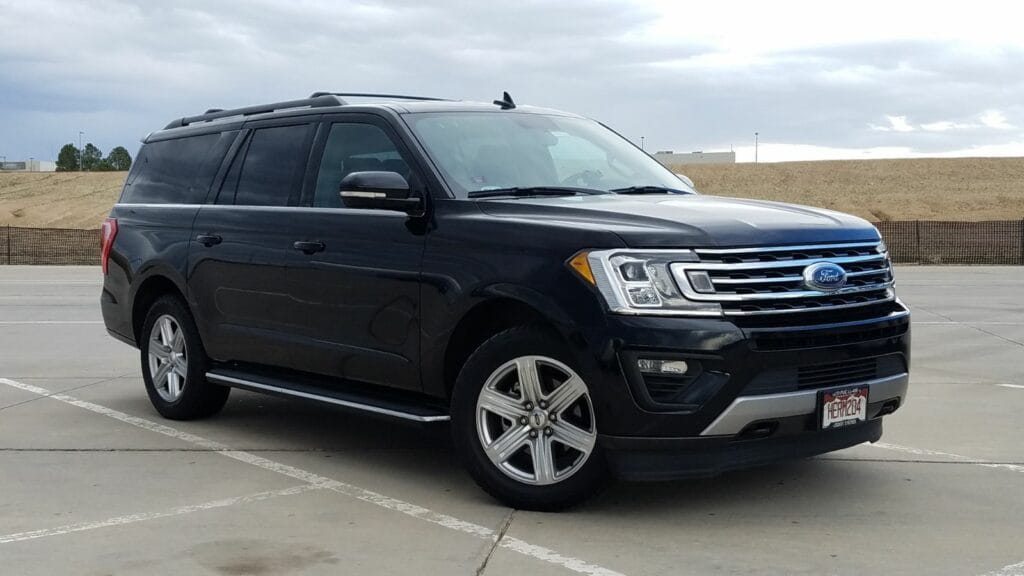Canadian road trips can span thousands of kilometers, crossing provinces, traversing mountain passes, and following remote coastal stretches. That’s why fuel efficiency matters more here than almost anywhere else. While some vehicles shine on long drives, others drain your wallet at every fill-up. Here are 20 cars that have the worst fuel economy for Canadian road trips:
Dodge Durango SRT 392

With a 6.4L HEMI V8 under the hood, the Dodge Durango SRT 392 delivers undeniable performance, albeit at the expense of poor fuel economy. This three-row SUV achieves an average fuel consumption of just 18.3 L/100 km in city driving and approximately 13.0 L/100 km on the highway. On long road trips through Alberta or Ontario, this translates to more time spent at gas stations and less on the open road. While it is fun to drive and boasts serious towing power, it is one of the least economical choices for Canadians seeking to cover substantial ground efficiently.
Toyota Sequoia TRD Pro
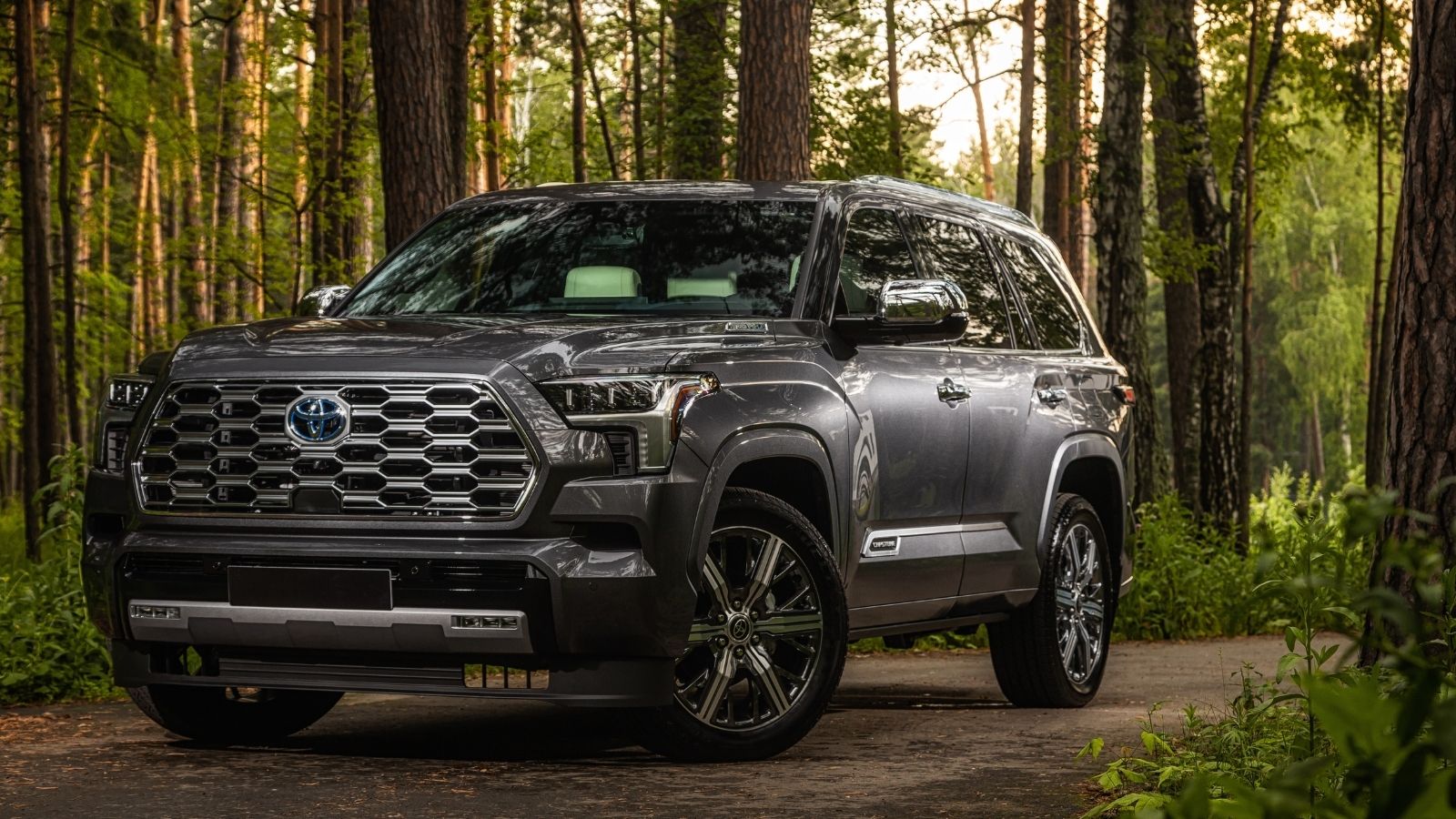
The Toyota Sequoia is a full-size SUV built for power and space, but its 5.7L V8 engine is not winning any awards for efficiency. Rated at about 16.4 L/100km combined, it’s one of the thirstiest Toyotas on Canadian roads, causing long hauls through British Columbia or Quebec’s rural stretches to quickly become a budgeting headache. Despite its reputation for durability and off-road prowess, the Sequoia falls short of modern expectations for fuel economy, particularly as gas prices remain volatile.
Chevrolet Camaro ZL1
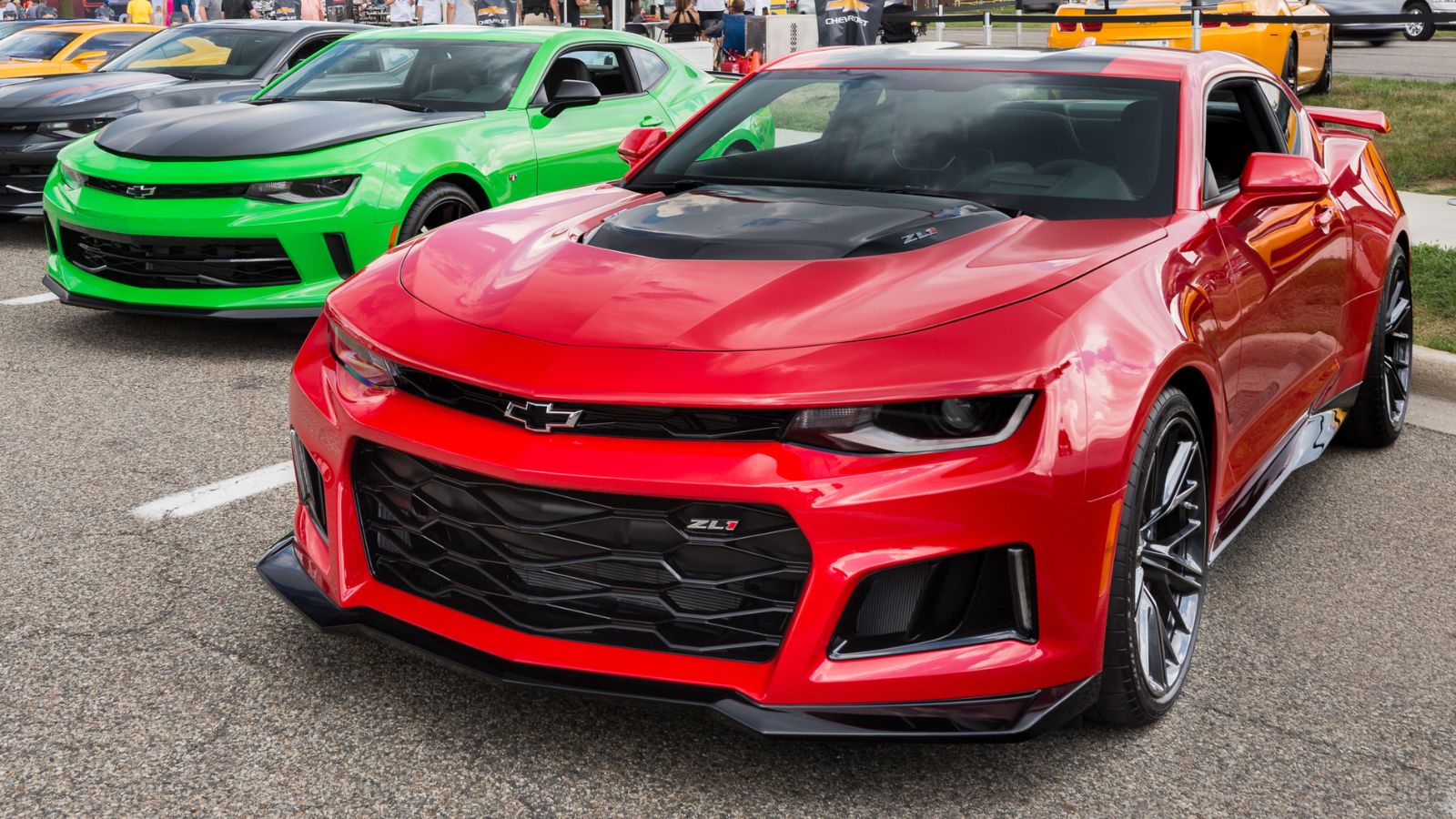
The Camaro ZL1 is a muscle car marvel, but taking one on a cross-Canada road trip could be a costly decision. With its supercharged 6.2L V8 producing 650 horsepower, the ZL1 guzzles premium fuel at a rate of nearly 18 L/100km in mixed driving, and that is if you’re driving conservatively, which few do in a ZL1. Its cramped interior and limited cargo space don’t help its road trip credentials either, and while it is a thrill on short bursts, it’s one of the least practical and most expensive ways to enjoy Canada’s scenic highways.
Jeep Grand Cherokee Trackhawk
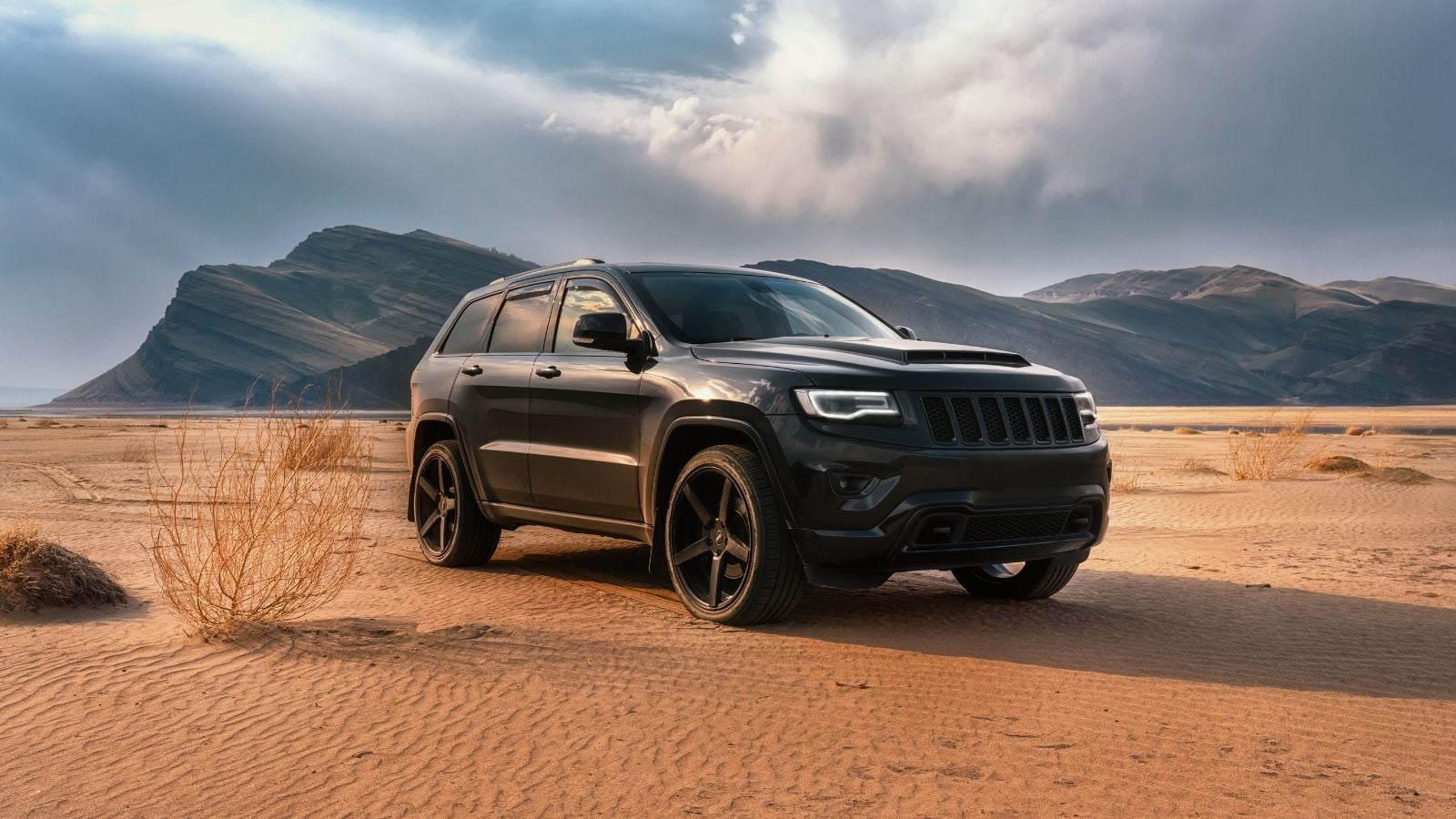
Packing a 707-horsepower supercharged V8, the Jeep Grand Cherokee Trackhawk is a rocket in SUV clothing, but it burns through fuel like few others. Its combined fuel rating hovers around 18.0 L/100km, making it one of the worst choices for long Canadian drives. Even with a generous tank, you’ll find yourself stopping often, especially on stretches like the Trans-Canada Highway, where gas stations can be far apart. For most families or adventurers, the Trackhawk’s performance does not justify the premium fuel costs or frequent top-ups.
Nissan Armada
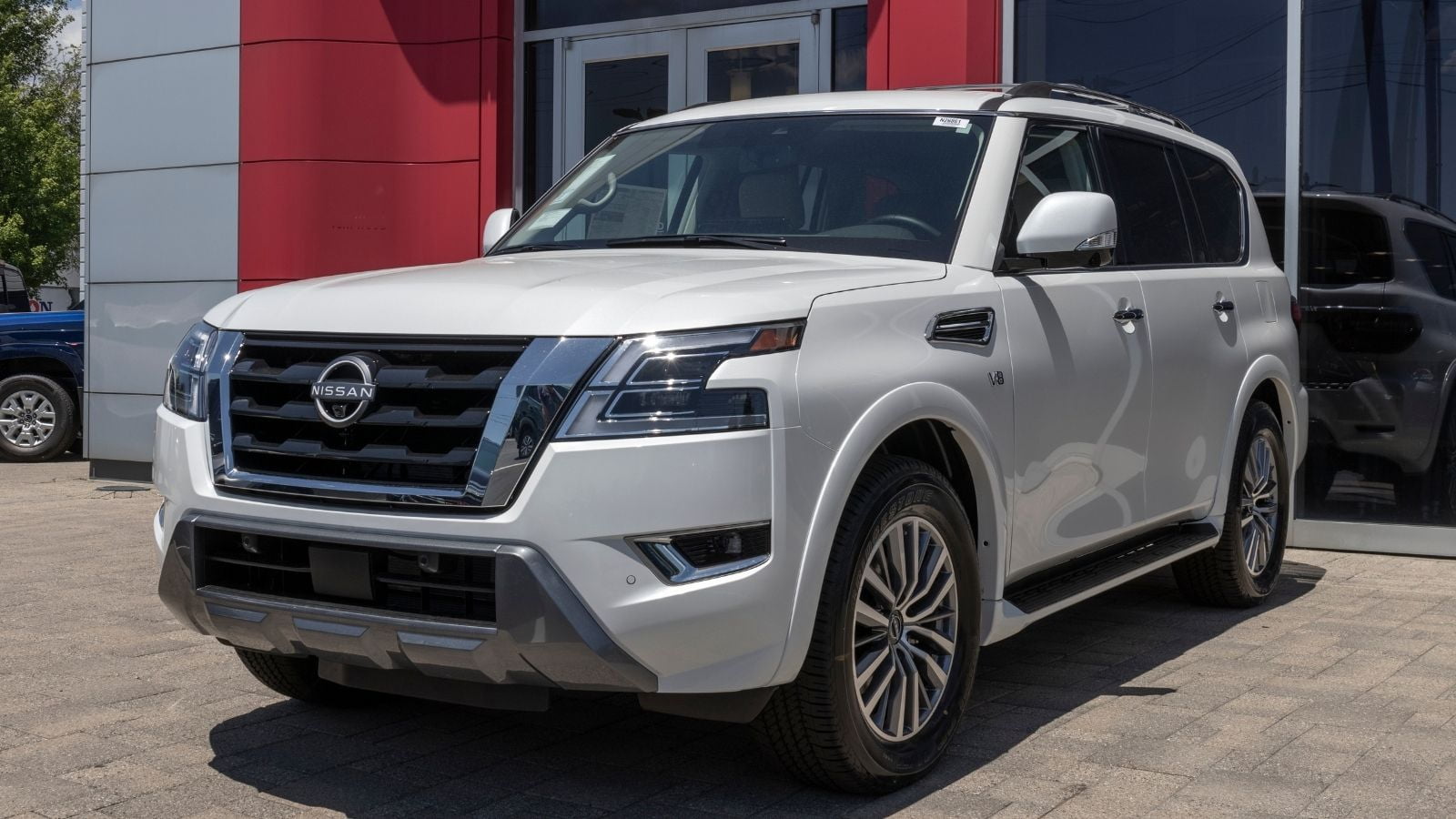
The Nissan Armada offers space, comfort, and towing capacity, but its 5.6L V8 is notoriously thirsty. With fuel economy averaging approximately 17.5 L/100 km, this SUV is better suited for short commutes than long-distance road trips. Canadian drivers crossing provincial borders will quickly feel the pinch, especially in remote regions where fuel is more expensive. While the Armada provides ample passenger room and solid highway performance, it’s far from efficient. For those who prioritize fuel economy on long hauls, there are better and cheaper options that don’t compromise comfort.
Ford Expedition MAX
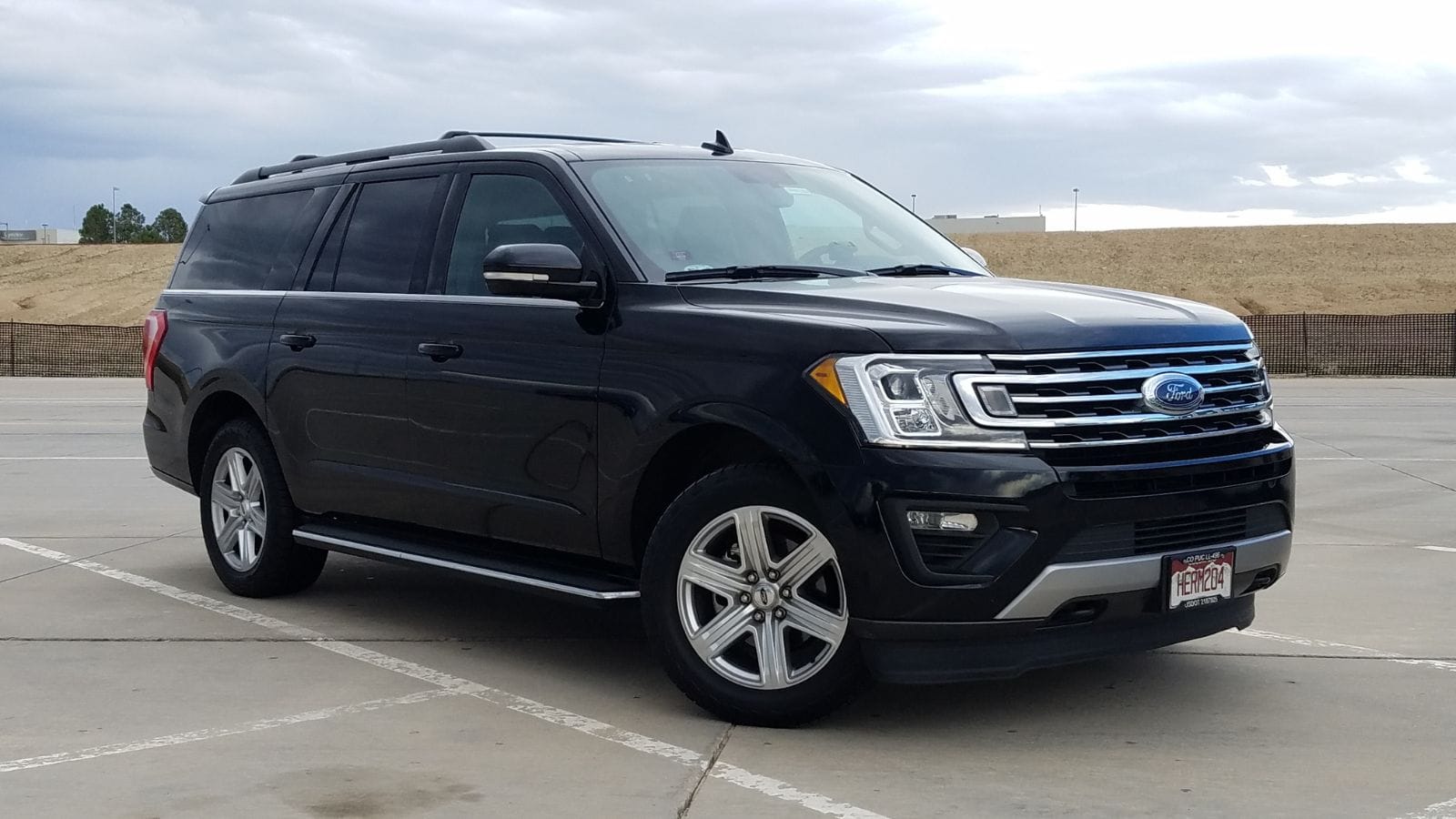
The extended-wheelbase version of the Expedition offers massive interior space, which is perfect for gear-heavy families, but it comes with a fuel economy penalty. Its 3.5L EcoBoost V6 still averages over 14 L/100km on the highway and worse in city traffic. When fully loaded, the fuel consumption climbs even higher, and on road trips through the Rockies or Northern Ontario, that’s a real issue. Although it is a top-tier hauler, the Expedition MAX demands deep pockets at the pump, making it one of the more expensive vehicles to run on Canada’s epic roadways.
Lexus LX 600
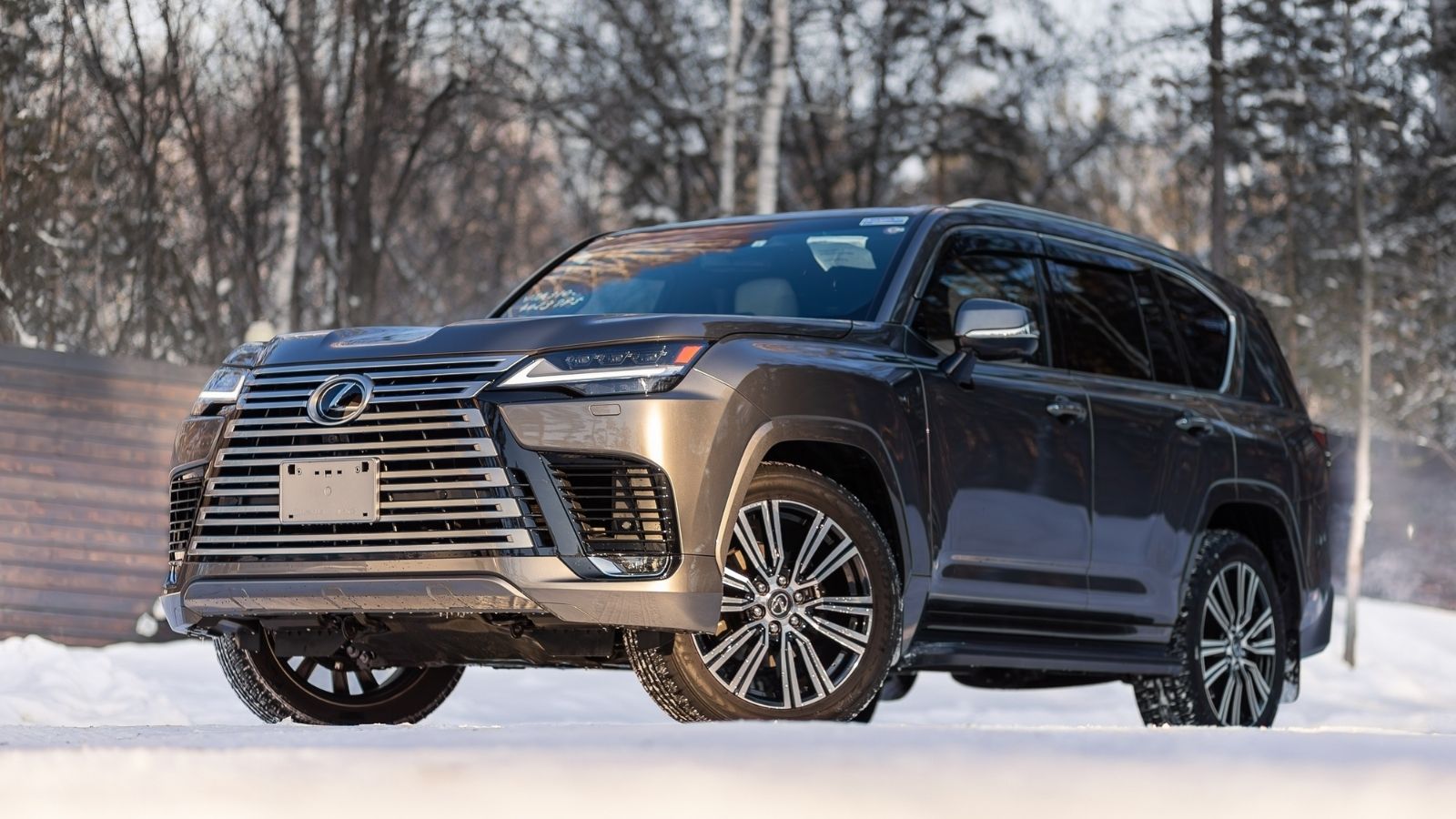
Luxury doesn’t always mean efficient, and the Lexus LX 600 proves that. This full-size SUV boasts comfort and prestige, but achieves a combined fuel rating of around 14.2 L/100 km, which is relatively high, even for a luxury vehicle. Its twin-turbo V6 works hard to move its nearly 6,000-pound body, especially on long, steep Canadian roads. For highway driving across vast provinces like Manitoba or Saskatchewan, the LX 600’s thirst will quickly become apparent. It is a premium vehicle with a premium fuel bill that is likely more than most road trippers are willing to stomach.
Chevrolet Suburban 6.2L
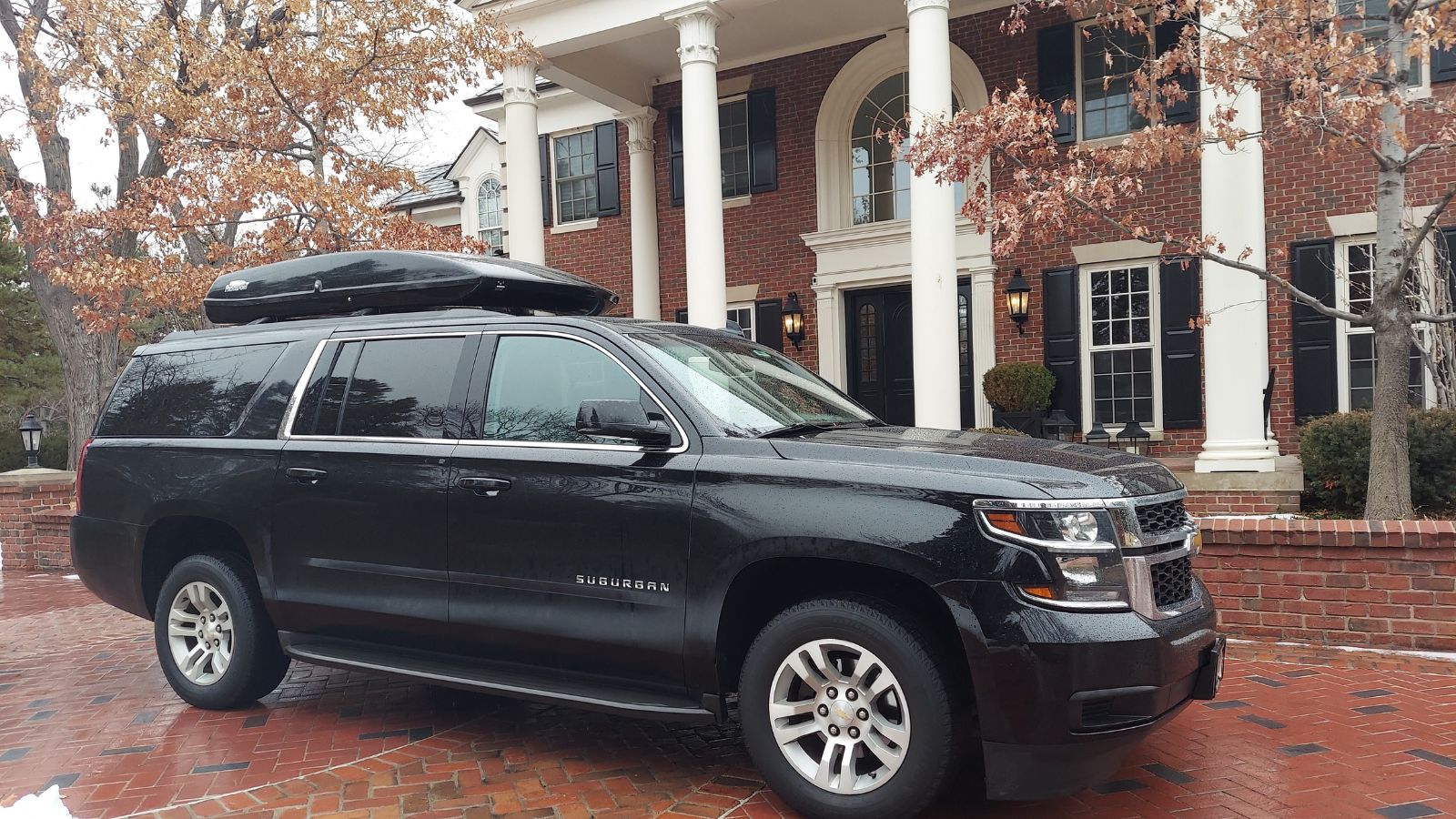
A Canadian staple for large families, the Suburban remains a popular choice for its space and versatility. However, those who opt for the 6.2L V8 version are in for some serious fuel costs. Rated around 15.8 L/100km, this beast sips gas like a full-time job. Add in cargo, passengers, and highway speeds, and efficiency nosedives further. It is a great car for towing and offers a comfortable ride, but for cross-province road trips, there are far more economical ways to get from coast to coast.
GMC Yukon XL Denali
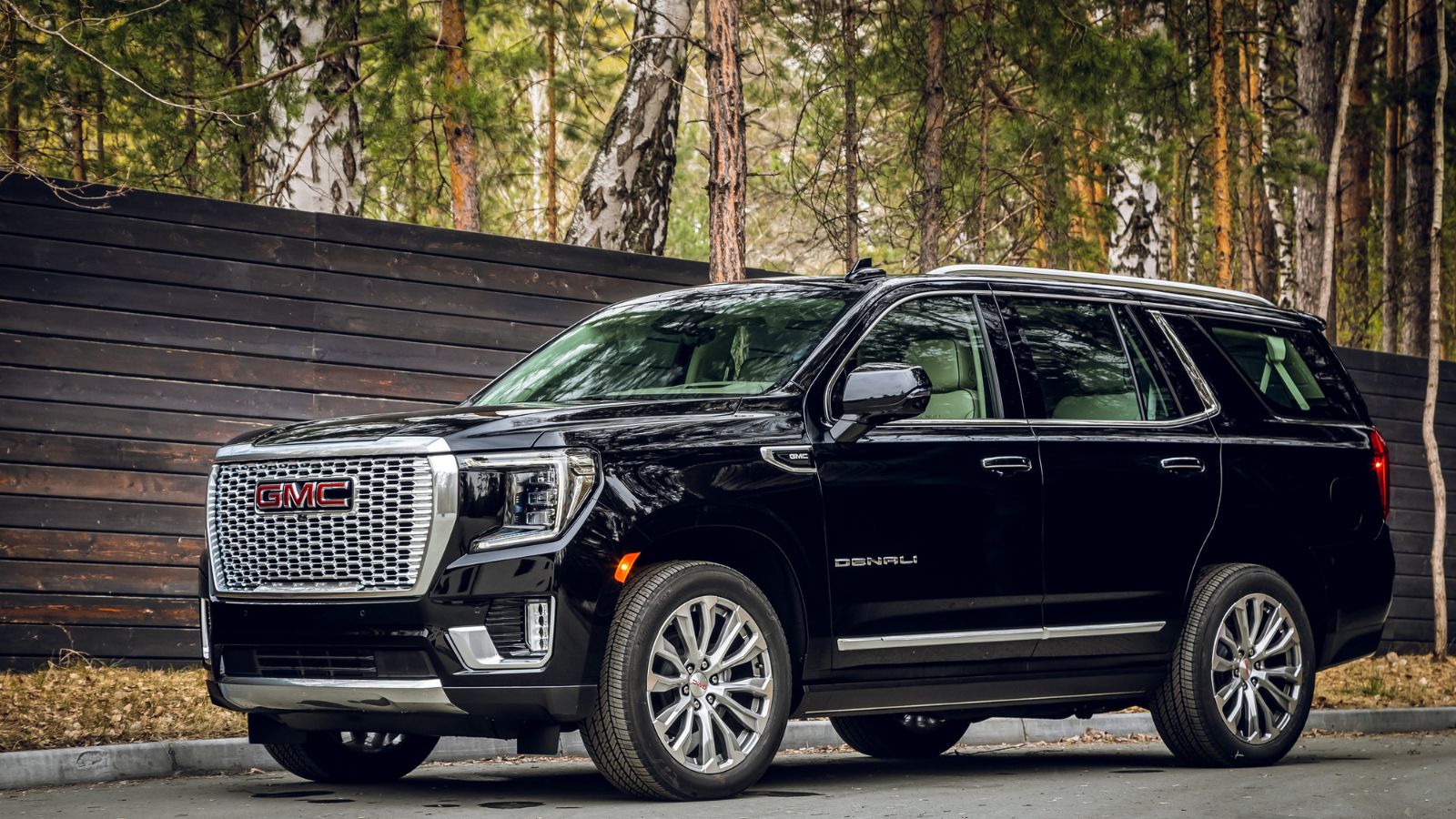
Closely related to the Suburban, the GMC Yukon XL Denali shares the same 6.2L V8 engine and similarly poor fuel economy. It averages about 15.9 L/100 km and becomes a gas station regular on long hauls. While it boasts refined styling and advanced technology, its size and weight hinder efficiency. Road trippers heading through the Maritimes or across the Prairies may find themselves regretting the frequent fill-ups. Unless you need serious hauling capability, this SUV is more a symbol of power than a practical vehicle.
Ram 1500 TRX
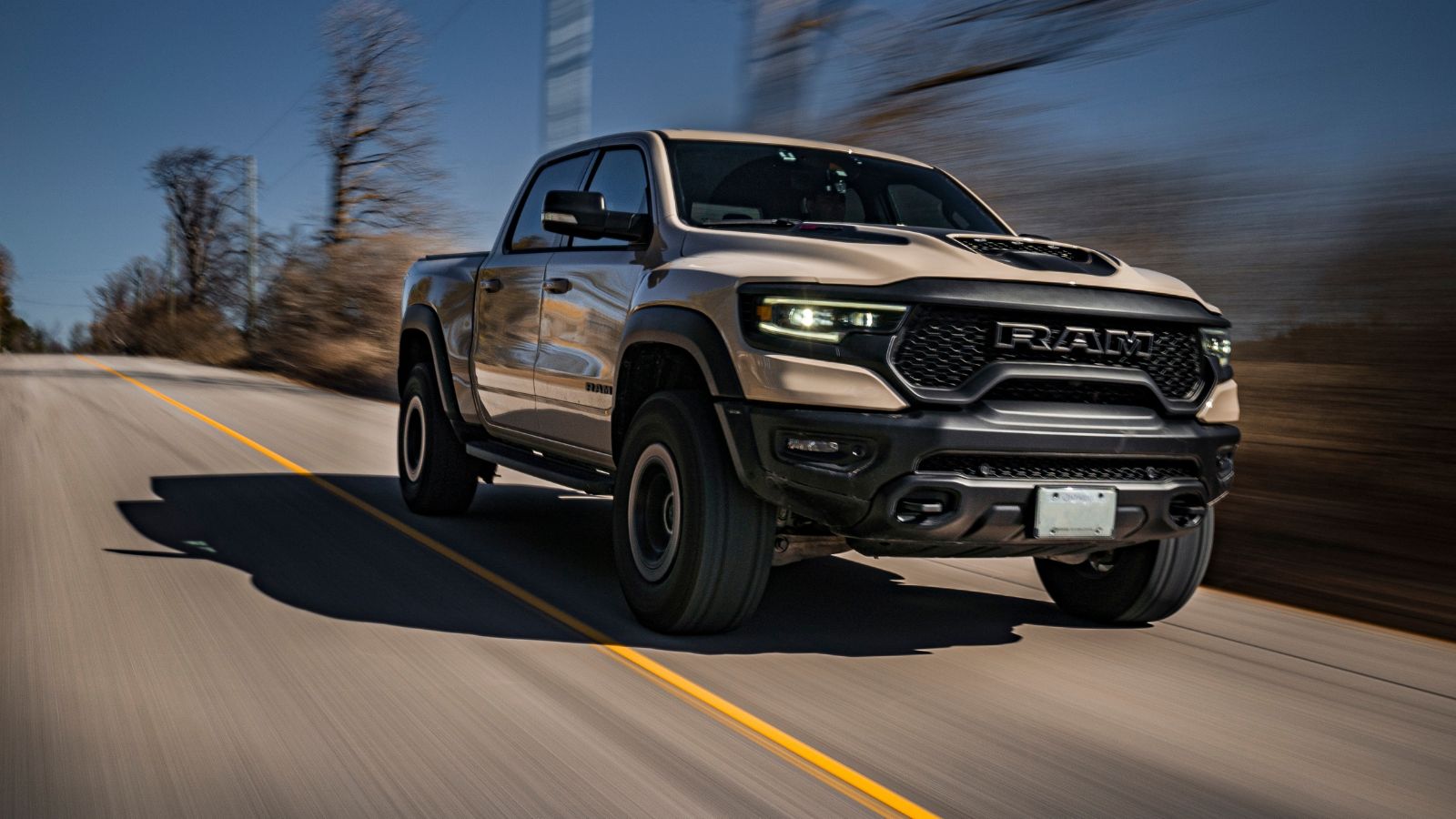
The Ram TRX is a supertruck with extreme off-road abilities and a 702-horsepower engine, but it’s also a fuel economy disaster. Clocking in at an eye-watering 22.4 L/100km combined, it is one of the thirstiest pickups ever sold in Canada. On long-distance road trips, especially in rugged terrain, that number only gets worse, as premium gas adds insult to injury. While it is a showstopper in cities and on trails, it’s an impractical option for those planning budget-friendly cross-country drives.
Infiniti QX80
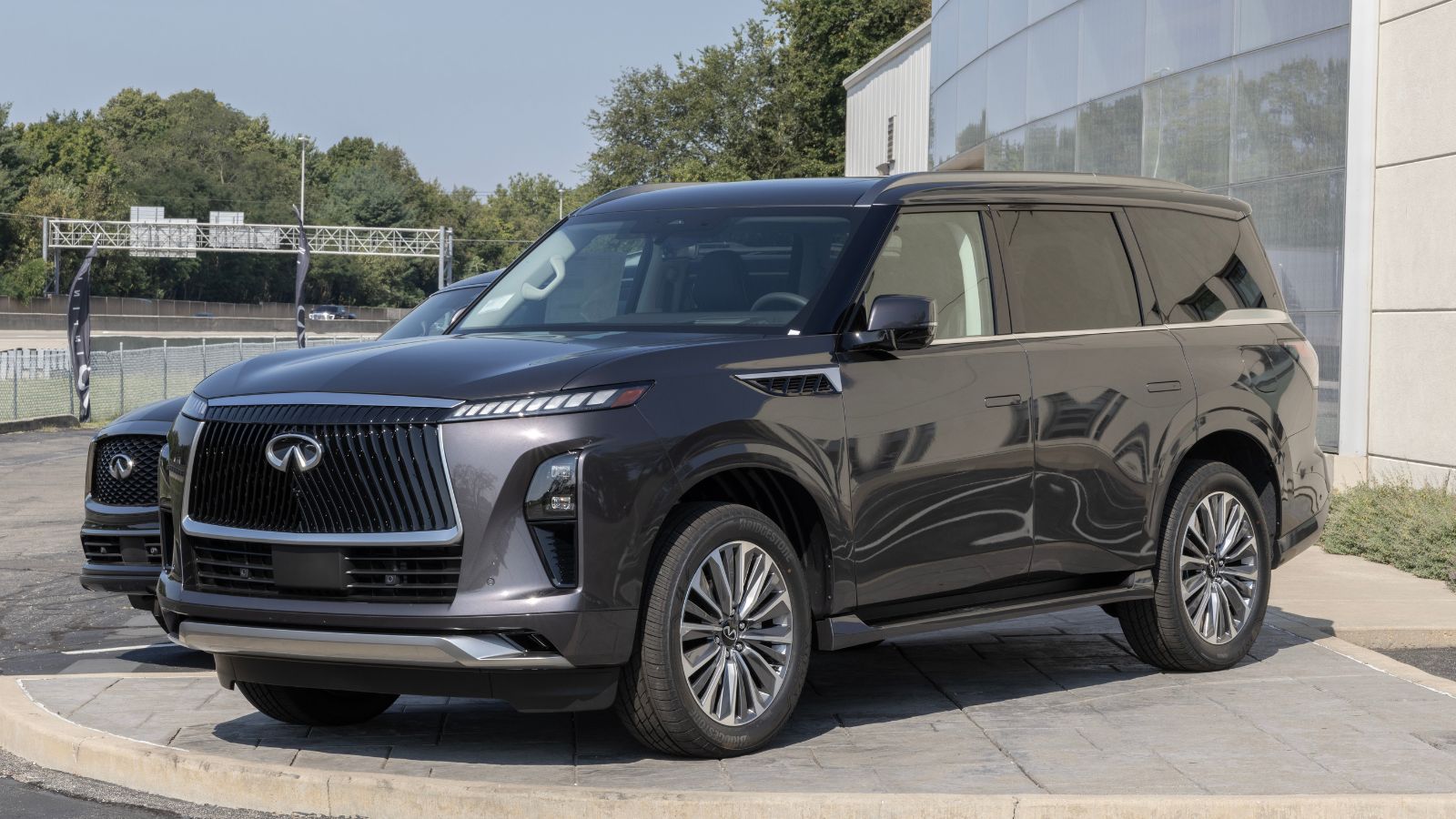
The Infiniti QX80 offers high-end comfort and bold V8 performance, but this comes at a steep fuel penalty. Its 5.6L engine delivers just 16.6 L/100km in city driving and doesn’t do much better on highways. For Canadian road trips, especially in areas with limited fuel stops, this SUV proves costly and inconvenient, with premium gas requirements and a large frame that struggles with fuel efficiency, making it far from ideal for long-distance travel. Unless luxury trumps practicality, there are better cross-country cruisers that won’t bleed your wallet dry at every service station.
Ford F-150 Raptor

Off-road performance meets poor fuel economy in the Ford F-150 Raptor. With a 3.5L twin-turbo V6 tuned for maximum output, the Raptor consumes fuel at around 15–17 L/100 km, depending on conditions. It is a beast in snow and on trails, but on paved highways between provinces, the cost of fuel quickly adds up. Its wide stance and off-road tires also reduce aerodynamic efficiency, which hurts highway performance. This pickup is better suited for short-term thrills than long-distance economy.
Cadillac Escalade V
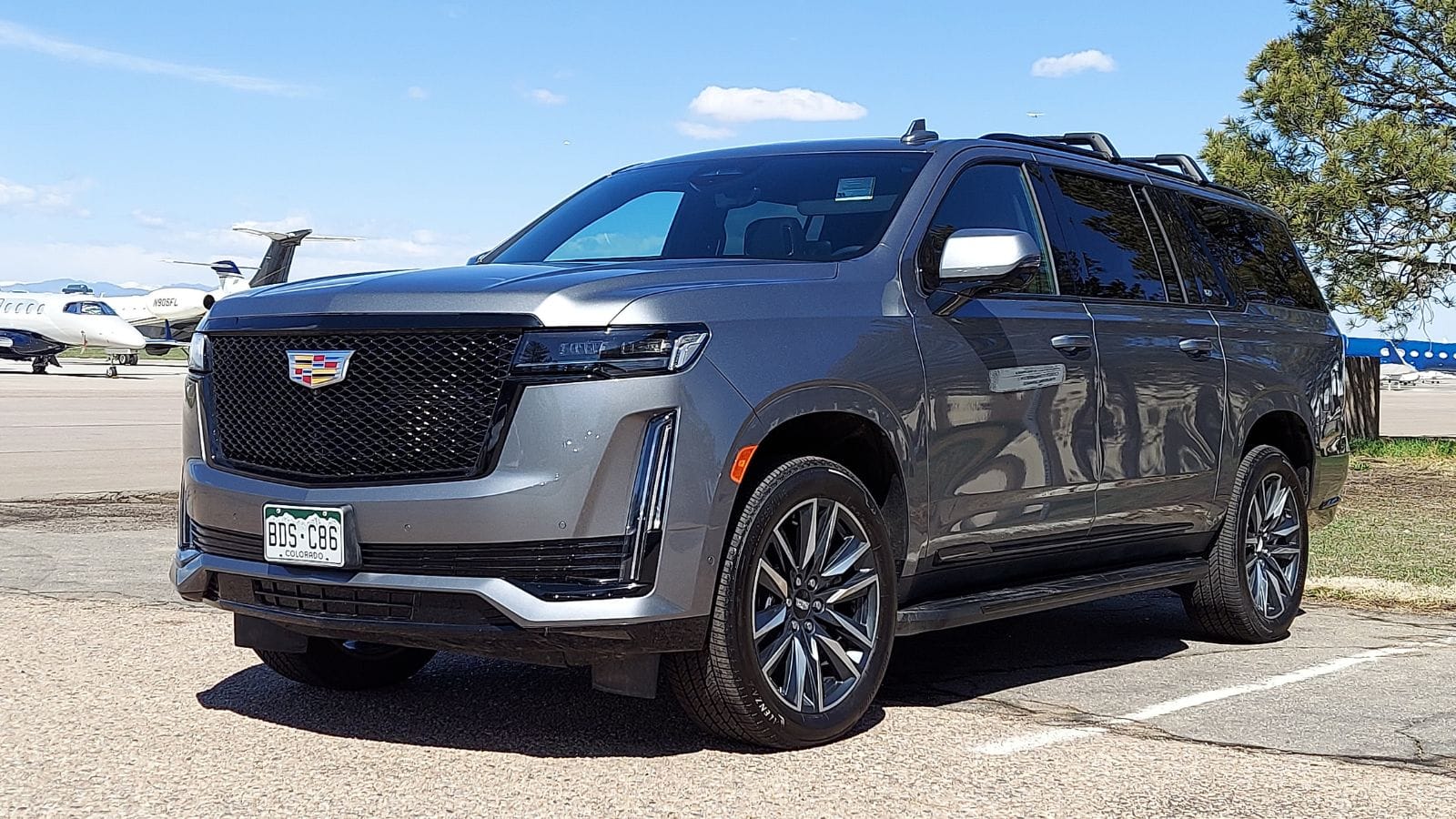
With a supercharged 6.2L V8 producing over 680 horsepower, the Cadillac Escalade V is a luxury rocket that consumes fuel more quickly than most performance cars. Expect a fuel consumption range of 17 to 20 L/100 km, depending on how heavily you utilize the power. Road tripping in this luxury barge means frequent, expensive fuel stops, especially in remote parts of Canada where premium gas isn’t always readily available. While the interior is a dream, the economics of long-distance driving are a nightmare, making it impractical for efficient travel in Canada.
Lincoln Navigator
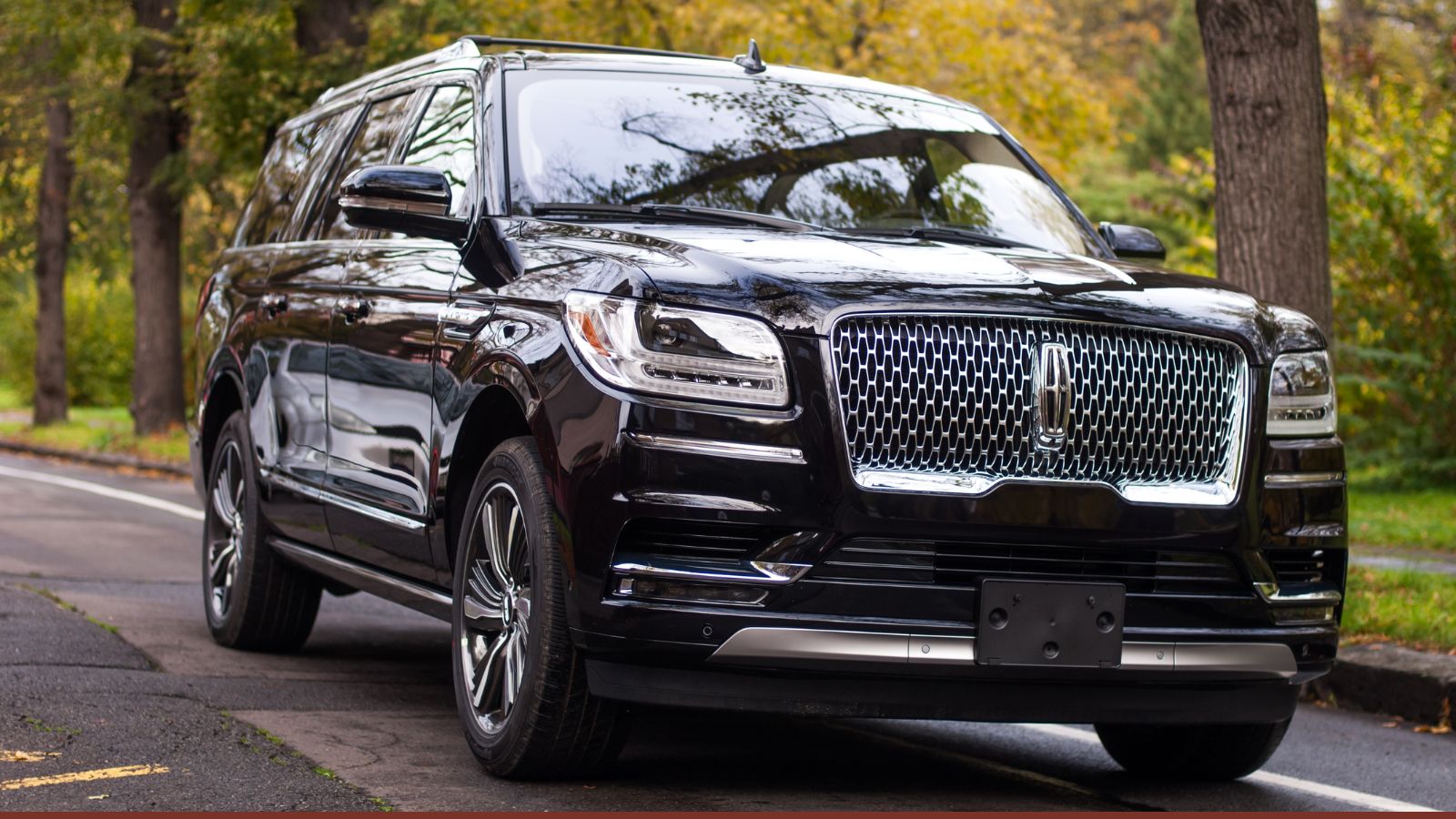
As Lincoln’s flagship SUV, the Navigator pampers passengers with space and features, but doesn’t impress at the pump. Its 3.5L twin-turbo V6 returns around 14.9 L/100 km combined, and that number climbs when the vehicle is fully loaded or towing. On a cross-country drive through the Canadian Shield or Prairie winds, fuel efficiency takes a serious hit, and despite being more modern than some V8 rivals, it still lags behind hybrid alternatives. This luxury SUV may offer style and comfort, but it doesn’t offer a long range between fill-ups, particularly for travelers who want a vehicle that doesn’t compromise on range.
GMC Sierra 2500HD (Gas Engine)
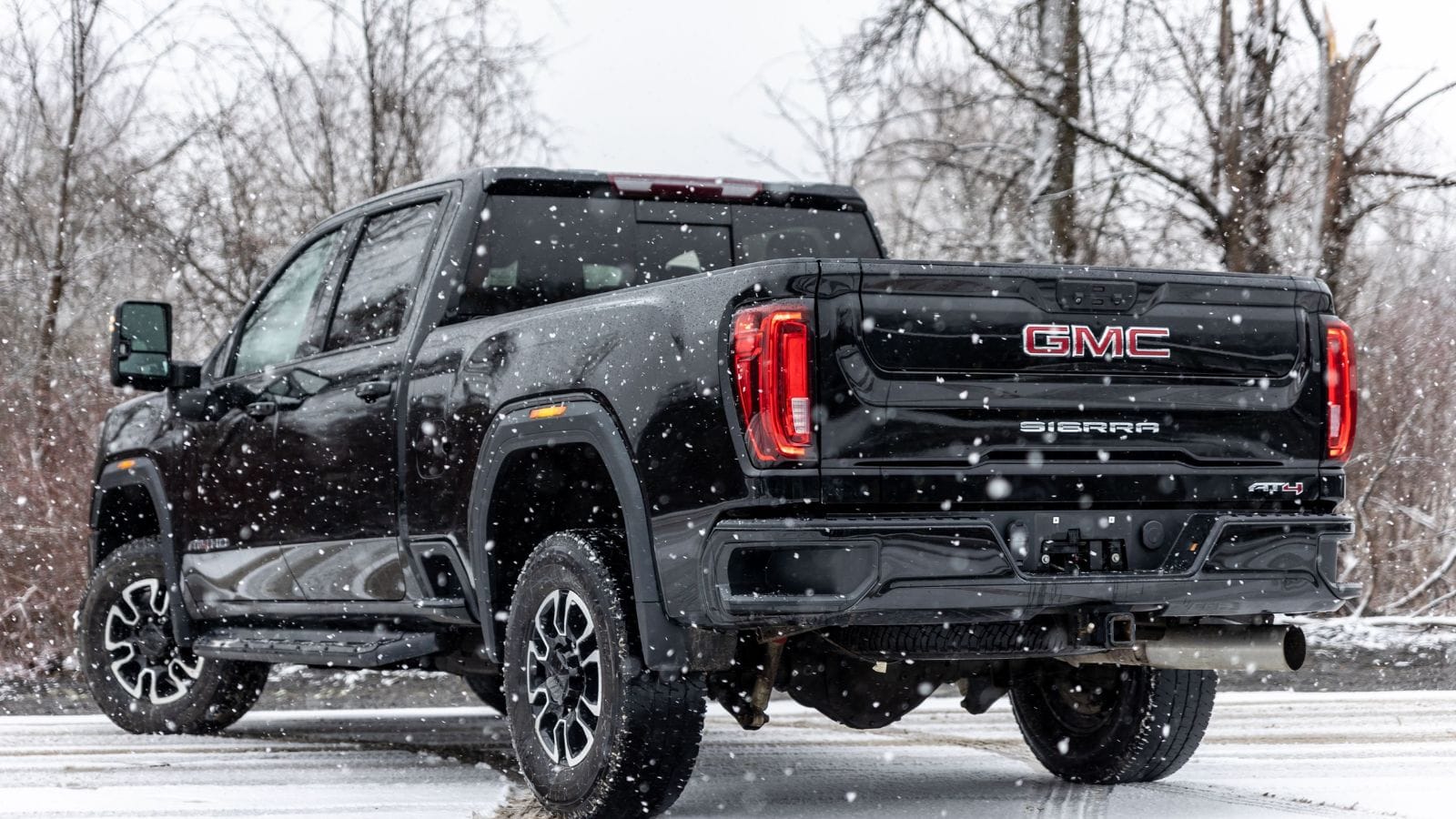
Built to haul and tow, the gas-powered Sierra 2500HD isn’t built with fuel savings in mind. Powered by a 6.6L V8, this heavy-duty truck consumes well over 17 L/100km in mixed driving, and that’s before factoring in a trailer or heavy cargo. On long road trips, especially with recreational equipment in tow, that inefficiency becomes a constant pain. Diesel versions do slightly better, but the gas model’s old-school setup is tough on wallets and fuel tanks, and unless you truly need its capabilities, it’s an expensive choice for touring Canadian roads.
Toyota Tundra 5.7L (Pre-2022 Models)
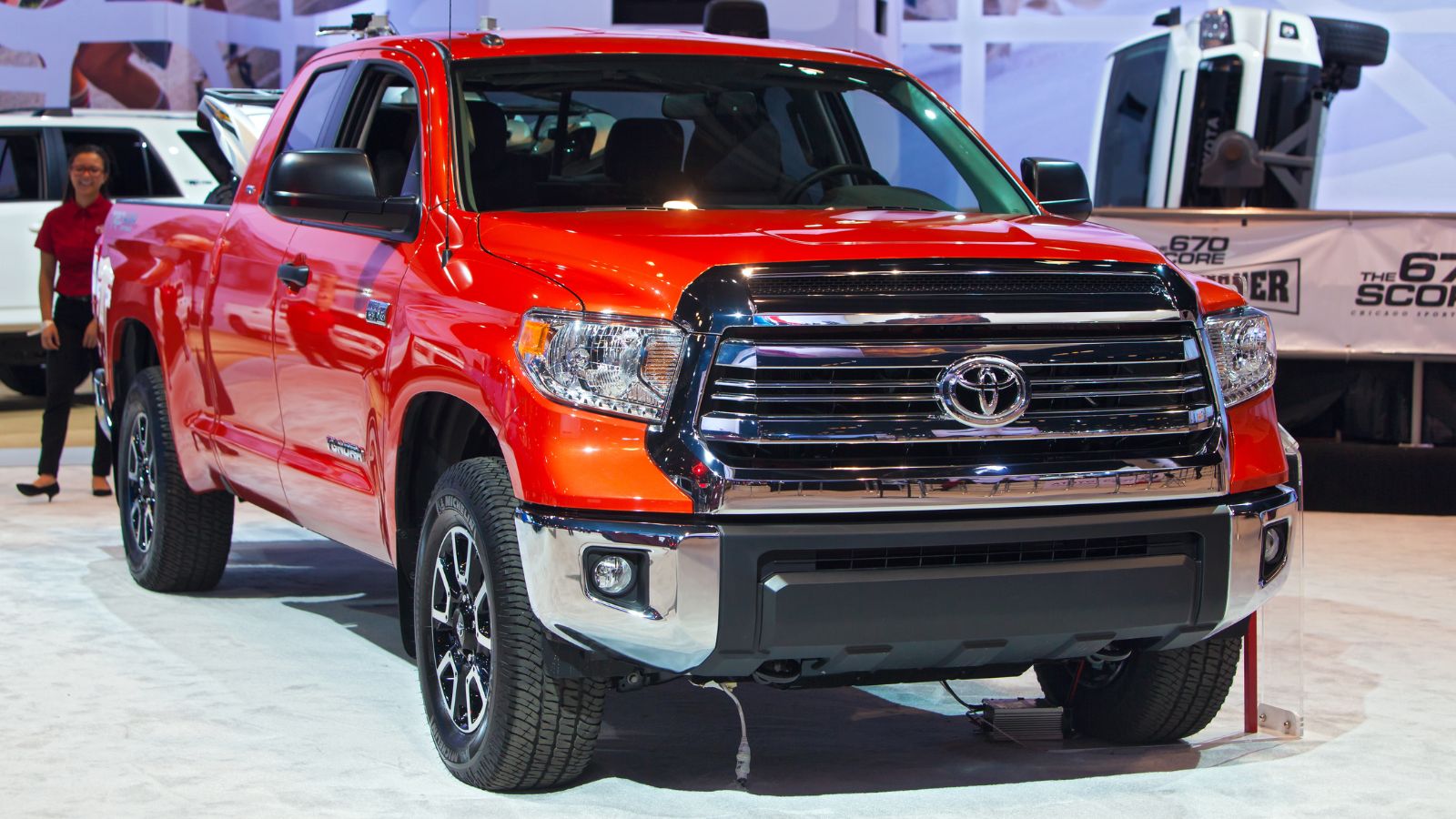
While Toyota’s reputation for reliability is strong, the older 5.7L V8 Tundra models are notorious for their poor fuel economy. With ratings often hovering around 16-18 L/100km, these trucks are among the least efficient full-size pickups in the country. Canadian drivers taking long road trips through mountainous regions will often find themselves stopping frequently and paying a significant amount. Although newer hybrid options improve on this, older Tundras still populate used lots, and many buyers don’t realize just how inefficient they are until it’s too late.
Chevrolet Tahoe 5.3L 4WD

The Chevrolet Tahoe, equipped with a 5.3L V8 engine and four-wheel drive, offers power and presence, but consumes fuel at a rate that may exceed the budgets of many road trip enthusiasts. It averages about 14.8 L/100 km combined, which adds up quickly on a cross-country journey. With a full cabin and roof rack, expect even worse performance. It is great for hauling and comfortable for passengers, but not the best fit for fuel-conscious travelers. While newer models with diesel engines offer better economy, this version remains popular and costly on Canadian roads.
Mercedes-Benz G-Class (G550)
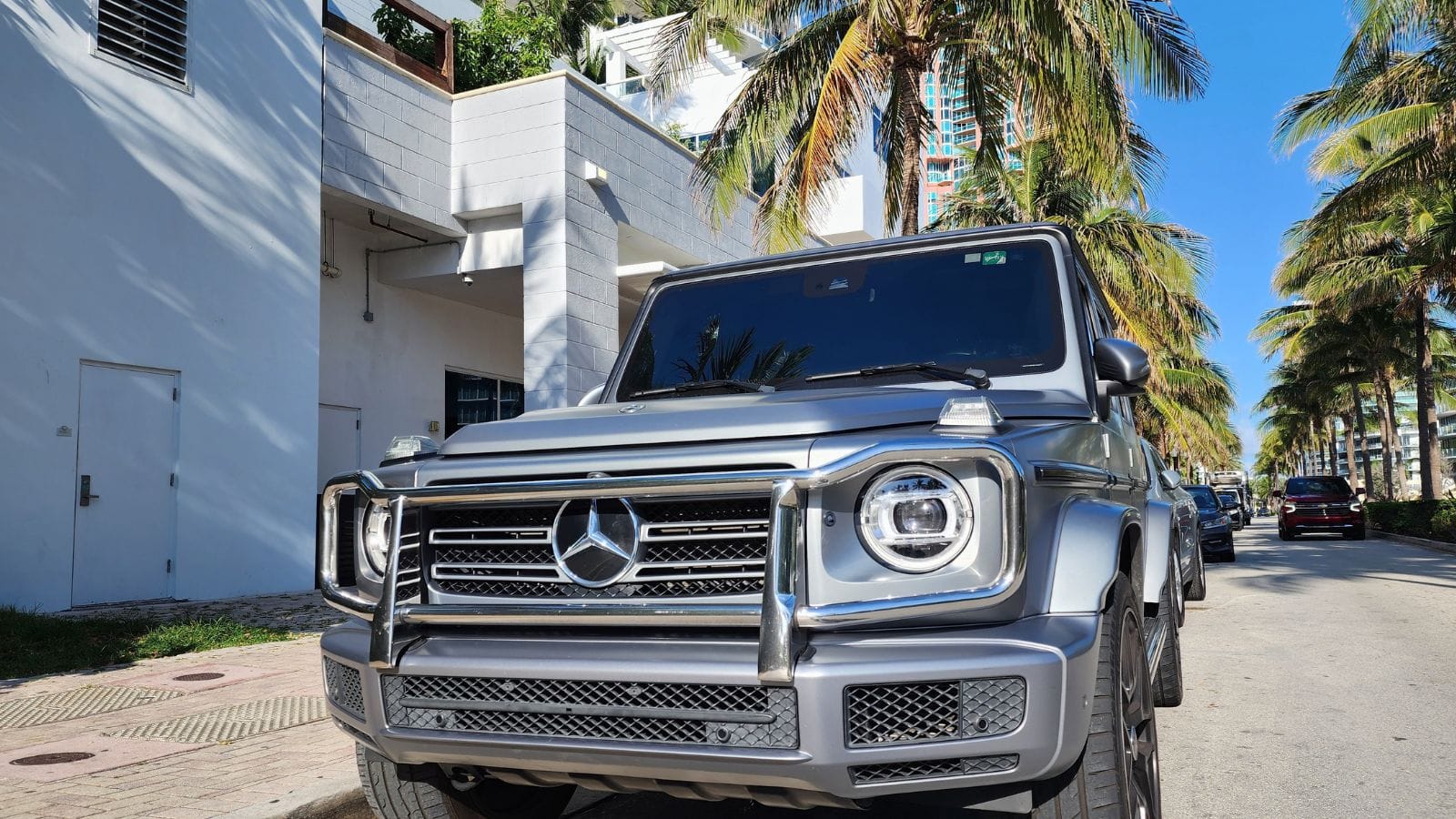
The G-Wagon may be an icon of status and off-road capability, but it is one of the worst vehicles you could take on a Canadian road trip. The G550’s 4.0L twin-turbo V8 sips premium fuel at a rate of around 18 L/100km. Add its boxy, non-aerodynamic shape and massive curb weight, and you’re looking at constant fuel stops. Whether you’re cruising Vancouver Island or trekking toward Labrador, this SUV is far more suited to city streets than remote highways.
Land Rover Defender V8
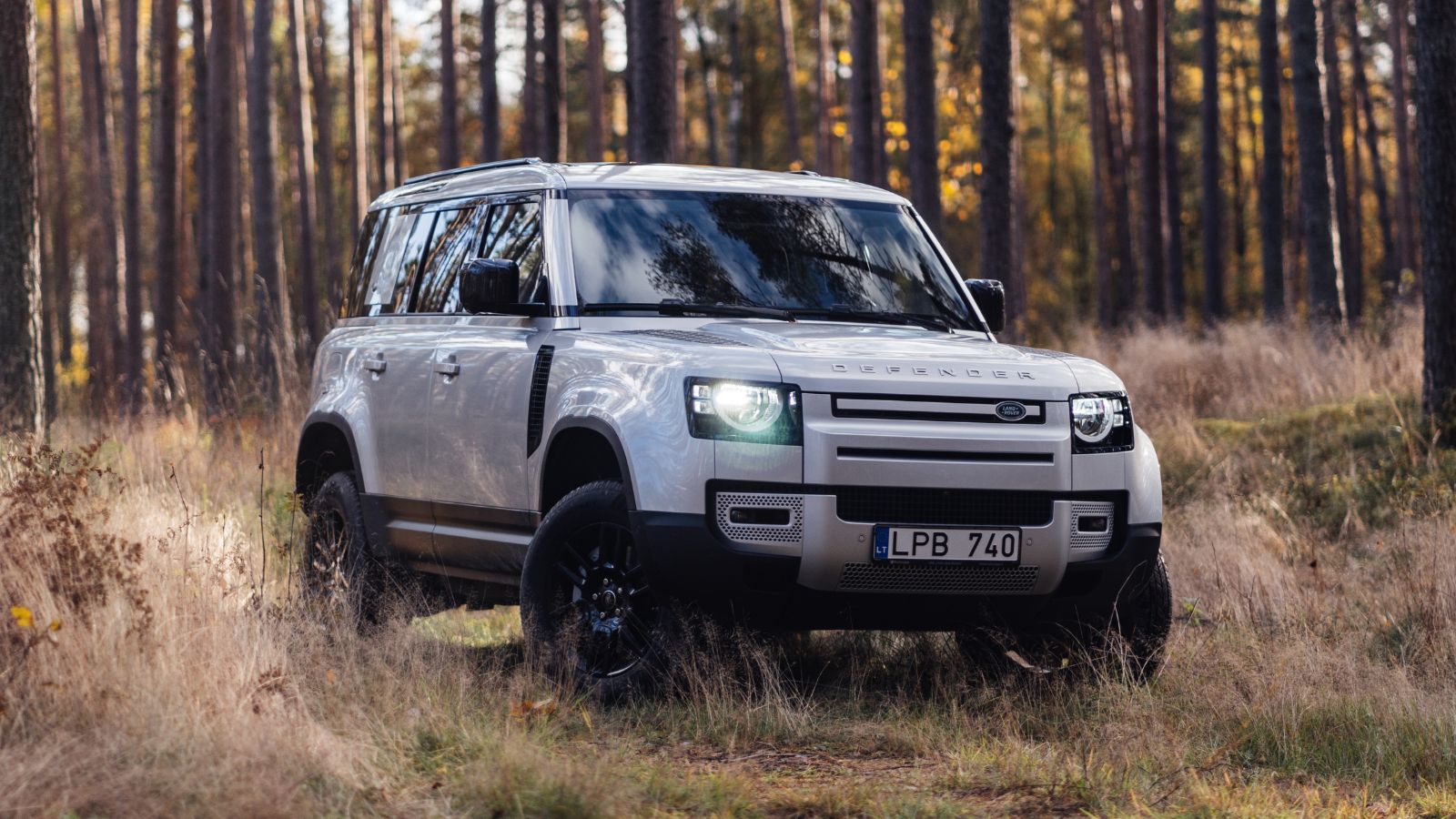
While beloved for its rugged design and off-road chops, the V8-powered Land Rover Defender is shockingly inefficient for road trips. With fuel consumption averaging around 16.5-17.0 L/100km, it falls behind most SUVs in its class. Add in the need for premium fuel and a smallish tank, and cross-country journeys require careful planning. For Canadians exploring backroads or less-traveled routes, fuel availability can be a concern, and although the Defender excels at handling terrain, when it comes to efficiency, it struggles to justify the cost of adventure.
BMW X7 M60i
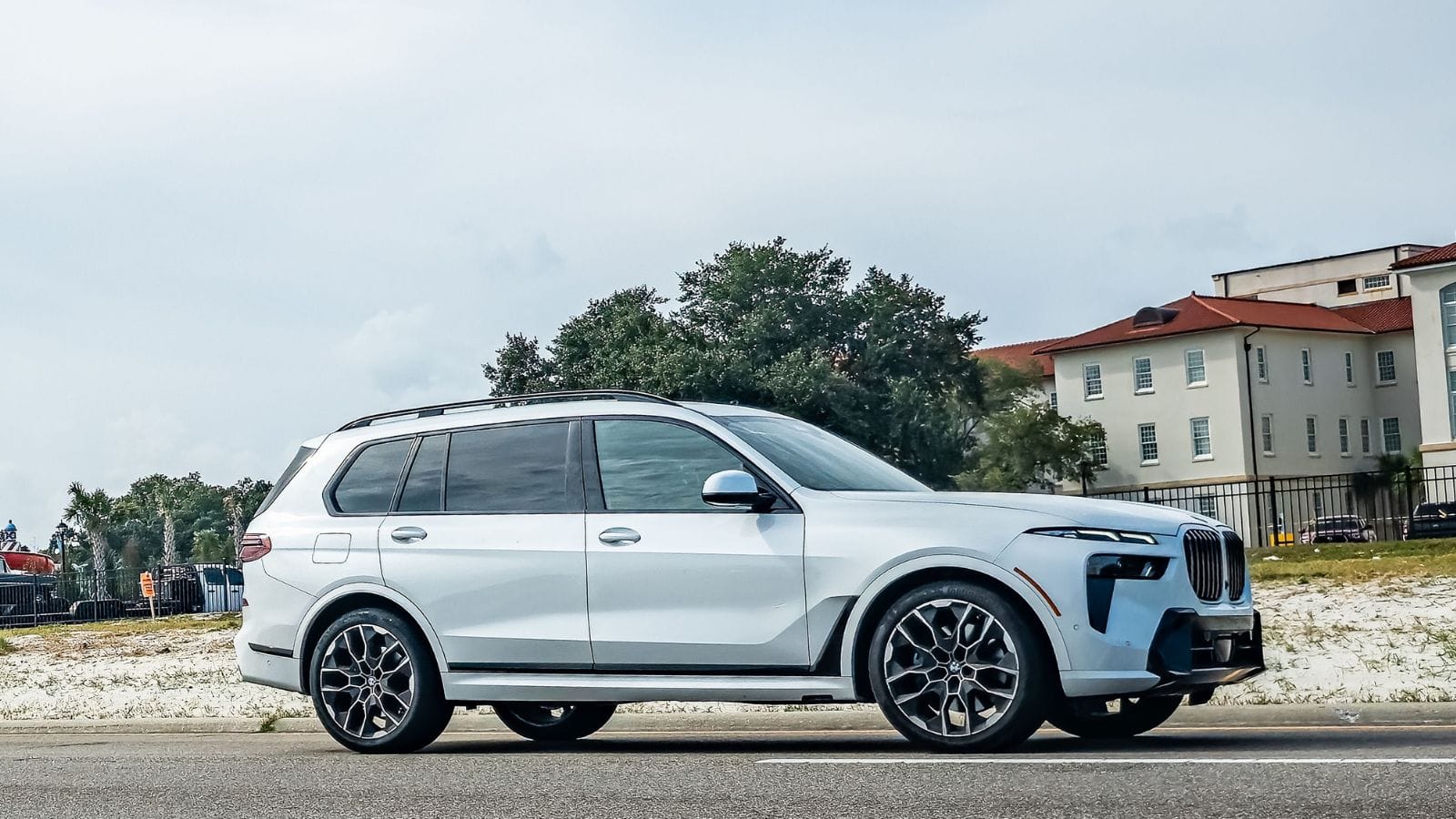
Luxury performance and road trip practicality don’t always mix, and the BMW X7 M60i proves that. Its twin-turbo V8 engine delivers exhilarating acceleration, but at the expense of fuel economy, averaging around 15.5 L/100 km combined. On Canadian highways, this means frequent gas stops, especially when fully loaded with passengers and gear. The vehicle’s premium interior is ideal for long drives, but the operating costs tell a different story. For drivers who want both luxury and range, hybrid alternatives in this segment offer a much better return on every liter.
25 Facts About Car Loans That Most Drivers Don’t Realize

Car loans are one of the most common ways people fund car purchases. Like any other kind of loan, car loans can have certain features that can be regarded as an advantage or a disadvantage to the borrower. Understanding all essential facts about car loans and how they work to ensure that you get the best deal for your financial situation is essential. Here are 25 shocking facts about car loans that most drivers don’t realize:
25 Facts About Car Loans That Most Drivers Don’t Realize
